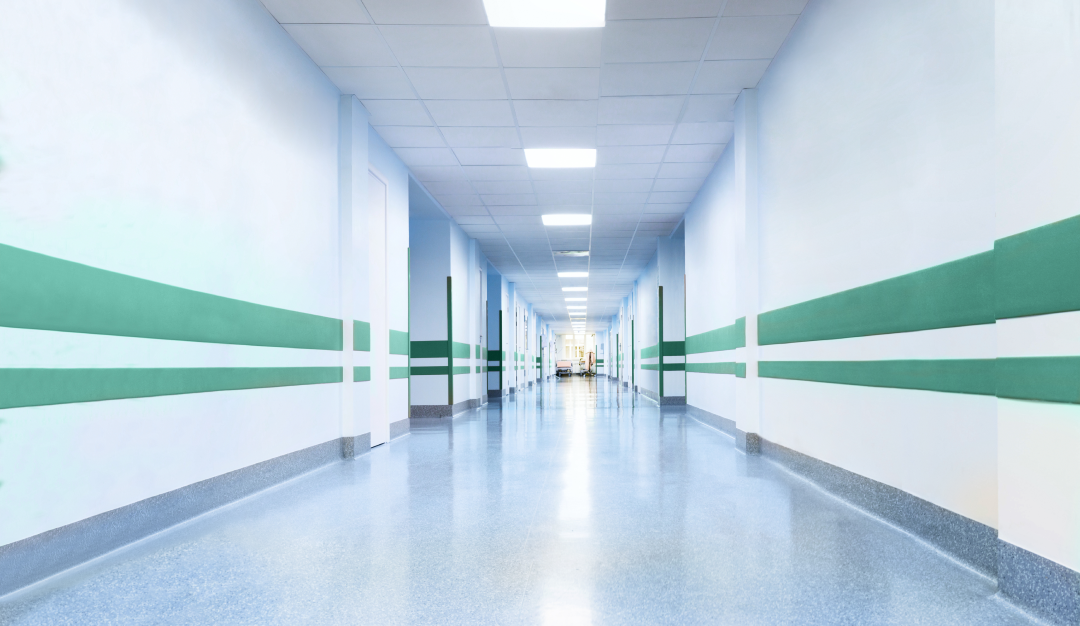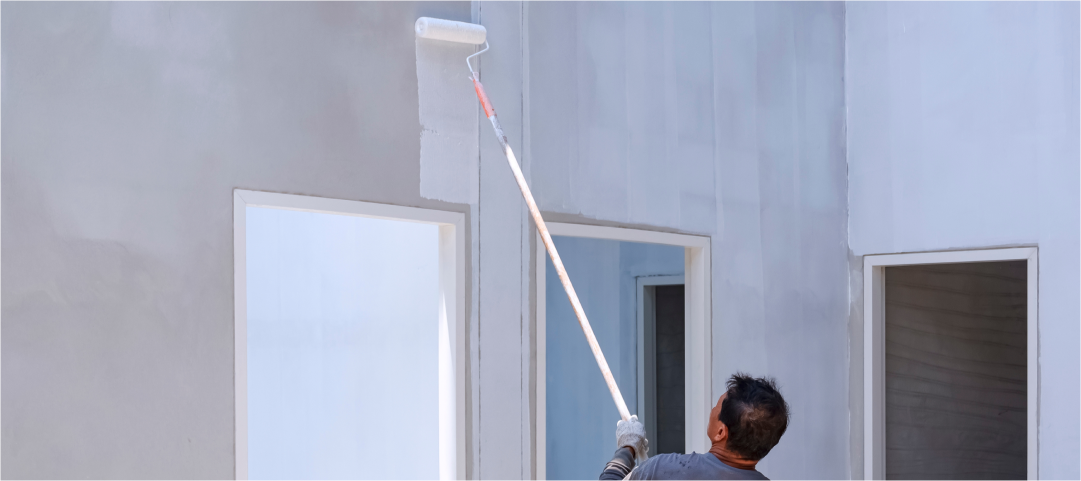
Health and Safety are of paramount importance in any hospital, medical or healthcare facility. Paint is a non-negotiable parameter to achieve the fundamentals of comfort and care in all medical facilities. Did you know that the right kind of paint can ensure patient well-being at the hospital?
From selecting the right hygienic and anti-microbial paint coatings to adapting the correct methods of application, painting hospitals is an expert task.
Safety Guidelines for Paints in the HealthCare Industry
Isolation: Before the walls are cleaned and sanded, the area must be isolated to avoid any danger of dust and debris to the patient spaces.
Ventilation: Certain unpleasant aromas and harmful fumes if any, released during painting can be avoided with cross-ventilation. Blocking of vents, covering wall openings, and sealing gaps, common to the painting area can avoid paint fume leakages.
Protection: Provide painters with respiratory gear, protective clothes like gloves, airline hoods, etc. and rescue equipment for emergencies. Advise regular washing of hands and legs to avoid skin irritation, if any.
Inflammable: Welding, cutting, or grinding must be forbidden until all paint fumes are dispersed. Strict no-smoking policy to be imposed and adopted by painters & users of the space.
SEMI-GLOSS PAINT FINISHES ARE MUCH EASIER TO KEEP CLEAN. SCRATCHES, BUMPS, AND DIRT WON’T BE SEEN EASILY WITH A SEMI-GLOSS FINISH. SATIN FINISHES AREN’T QUITE AS EASY TO CLEAN BUT ARE MORE AESTHETICALLY PLEASING, AND HENCE CAN BE USED IN RECEPTION LOBBIES. HIGH GLOSS PAINT IS MORE DURABLE AND CAN BE USED IN HIGH TRAFFIC ZONES. THE CHOICE OF PAINTS IS A CRUCIAL CRITERION DEPENDING ON THE USE OF THE DESIGNATED SPACE.
Importance of Skilled Painters
Painting is a profession that blends artistry with technical skill. State-of-the-art innovations demand a certain trained eye and expertise. It is extremely important to employ experienced professionals who can be entrusted with skilled workmanship for painting hospitals painting. Trained painters have a deep understanding of different paint application techniques. These techniques when used correctly can dramatically alter the appearance and life of the wall paints. Skilled painters excel at making perfect colour combinations, ensuring each colour perfectly matches the project's requirements and the space specifics. A Professional painter doesn’t just paint; they make informed choices about the tools and materials they use, tailoring specifications to every project for exceptional results.
BIRLA OPUS PAINTER ACADEMY: PROVIDES SKILL CERTIFICATION COURSES IN VARIOUS PAINTS & COATINGS AVAILABLE FOR PAINTERS & CONTRACTORS.
BIRLA OPUS EXPERIENCE CENTRES: - A DESIGNER SPACE THAT EXHIBITS A WIDE RANGE OF INNOVATIVE PRODUCTS WHILE OFFERING EXPERT ASSISTANCE VIA ONE-ON-ONE CONSULTATION.

Signs Your Medical Facility Needs a New Paint Coat
The wear and tear of the floors and interior wall paints can lead to an unattractive appearance. Dingy walls, a cold environment, coupled with bad air quality can all change the atmosphere of any medical facility.
Chalking: Old paint becomes chalky over time. These chalky walls can leave a residue on the patient’s clothes.
Rotting: Fungus from moisture grows underneath walls and floors.
Mould/Mildew: Stains, odours, or black dots on the surface of your building, walls, and floors due to high moisture & humidity can be extremely unsafe for patients.
To ensure the safety of your patients and employees, use of paints that comply with industry regulations and as per the application area is a must.

